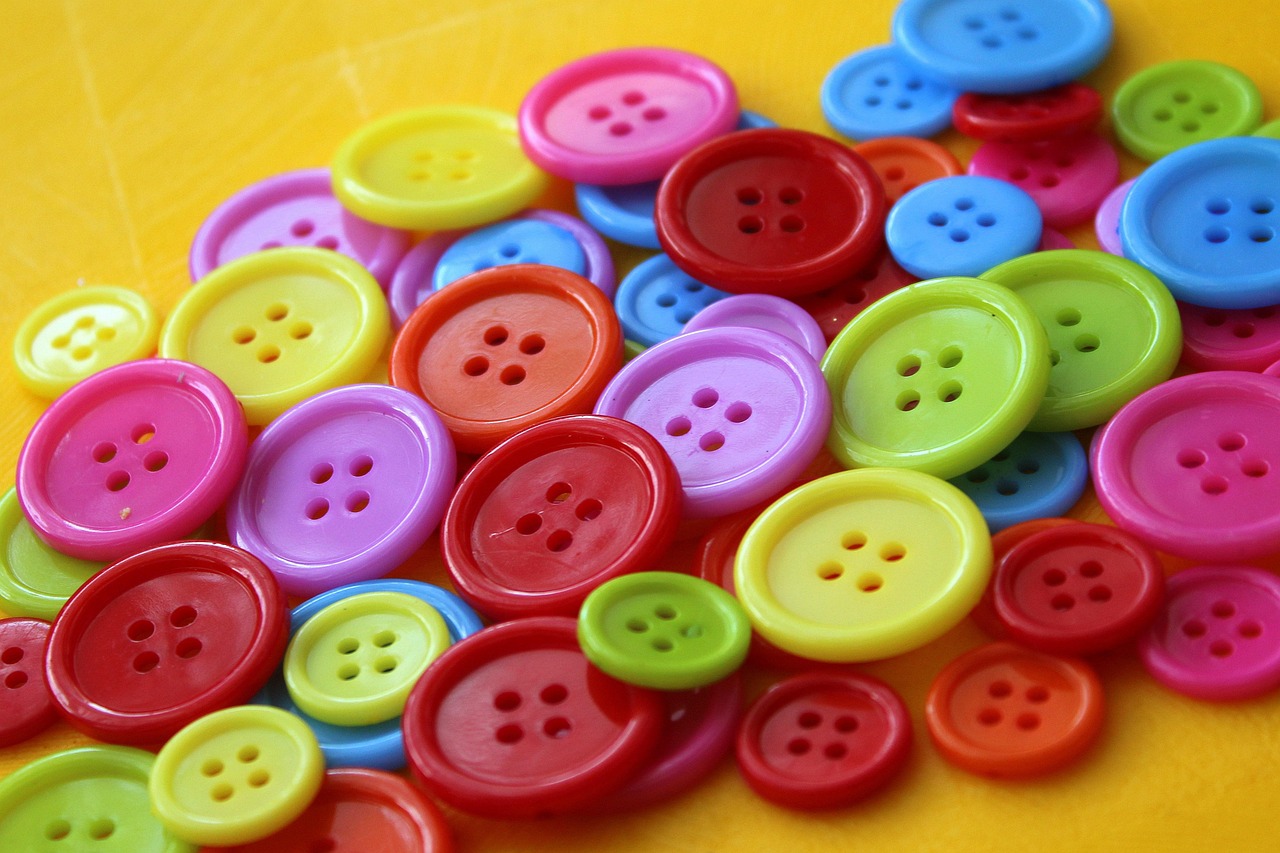Alocasia plants are a diverse group of tropical foliage plants known for their striking leaves and unique shapes. There are several types of Alocasia, each with distinct characteristics and care requirements, making them popular among houseplant enthusiasts.
Overview of Alocasia Plants

Alocasia, commonly referred to as elephant ear plants, belong to the family Araceae. They are native to Southeast Asia and are renowned for their large, decorative leaves. These plants thrive in warm, humid environments, making them ideal for indoor cultivation in temperate regions. Each species of Alocasia has unique features such as leaf shape, size, and color, contributing to their popularity in homes and gardens.
The Alocasia genus includes over 70 different species. Each species exhibits variations in growth habits, leaf morphology, and size. Some types are compact and suitable for smaller spaces, while others can grow quite large. Their dramatic foliage adds an exotic touch to any indoor or outdoor space.
Here are some key characteristics of Alocasia plants:
- Leaf Shape: Leaves can be arrow-shaped, heart-shaped, or even paddle-shaped.
- Size: Depending on the species, leaves can vary greatly in size, ranging from a few inches to several feet long.
- Color: Foliage colors can range from deep green to variegated patterns with shades of silver and purple.
- Growth Habit: Some Alocasia species grow upright, while others may spread out or form clumps.
Popular Types of Alocasia Plants
Among the numerous species, several types of Alocasia stand out due to their unique aesthetics and ease of care. Here are some of the most popular types:
| Type | Description | Care Requirements |
|---|---|---|
| Alocasia Polly | Also known as African Mask Plant, it features striking arrow-shaped leaves with dramatic veins. | Prefers bright indirect light and high humidity. |
| Alocasia Zebrina | Known for its zebra-like striped stems and large heart-shaped leaves. | Thrives in warm conditions with moderate humidity. |
| Alocasia Macrorrhiza | Commonly called Giant Taro, it can grow very large with broad leaves. | Enjoys full sun to partial shade and requires regular watering. |
| Alocasia Amazonica | A hybrid plant featuring dark green leaves with prominent white veins. | Likes bright indirect light and high humidity levels. |
Each type of Alocasia offers something unique. Choosing the right one depends on personal preference and the growing conditions available. Understanding the specific needs of each species is essential for successful cultivation.
In addition to their beauty, Alocasia plants have some interesting cultural significance. In many cultures, they symbolize strength and resilience. Their ability to thrive in less-than-ideal conditions makes them a favorite among plant lovers.
As we explore more about Alocasia plants, it is important to consider their care requirements. Factors such as light exposure, watering frequency, and soil type greatly influence their growth and health. By providing the right environment, these tropical beauties can flourish and become stunning focal points in any space.
Care Requirements for Alocasia Plants
Caring for Alocasia plants involves understanding their specific needs. These tropical plants thrive under certain conditions that mimic their native environments. By providing the right light, water, humidity, and soil, you can ensure that your Alocasia remains healthy and vibrant.
Light Conditions
Light is one of the most critical factors for the health of Alocasia plants. Most species prefer bright, indirect light. Direct sunlight can scorch their leaves, while insufficient light can hinder their growth. Here are some tips for providing optimal lighting:
- Bright Indirect Light: Place your Alocasia near a window with filtered light.
- Avoid Direct Sunlight: Use sheer curtains to diffuse sunlight if necessary.
- Rotate Plants: Turn your Alocasia periodically to ensure even light exposure on all sides.
Watering Practices
Watering Alocasia plants requires a careful balance. They prefer consistently moist soil but can be susceptible to root rot if overwatered. Here are guidelines to follow:
- Check Soil Moisture: Stick your finger into the soil about an inch deep. Water only if the soil feels dry.
- Drainage: Ensure pots have drainage holes to prevent standing water.
- Adjust Seasonally: Water less frequently in winter when growth slows down.
Humidity Levels
Alocasia plants thrive in high humidity environments, reminiscent of their tropical origins. Maintaining proper humidity is essential for their growth. Here are some strategies to increase humidity:
- Misting: Lightly mist the leaves regularly to provide moisture.
- Humidity Tray: Place a tray filled with water and pebbles beneath the plant pot to increase humidity.
- Use a Humidifier: Consider using a humidifier in dry indoor conditions, especially during winter.
Soil Requirements
The right soil mix is vital for the health of Alocasia plants. They prefer well-draining soil that retains some moisture without becoming soggy. Here are some recommended soil components:
- Pottin Mix: A high-quality potting mix is a good base.
- Perlite or Orchid Bark: Add perlite or orchid bark to improve drainage.
- Coconut Coir: This natural fiber helps retain moisture while allowing air circulation.
Common Pests and Diseases
Like all plants, Alocasia can be susceptible to certain pests and diseases. Being aware of these issues and how to address them is crucial for maintaining plant health.
Pests
The most common pests that affect Alocasia include:
- Spider Mites: These tiny pests thrive in low humidity and can cause leaf discoloration.
- Aphids: These small insects feed on plant sap, leading to stunted growth and yellowing leaves.
- Mealybugs: These pests appear as white cotton-like masses and can weaken the plant by sucking its fluids.
Diseases
Diseases often arise from improper care or environmental stress. Here are some common diseases to watch for:
- Root Rot: Caused by overwatering, it leads to mushy roots and wilting leaves.
- Leaf Spot: Fungal infections can cause dark spots on leaves, indicating excess moisture or poor air circulation.
- Powdery Mildew: This fungal disease appears as white powder on leaves and is often due to high humidity and poor airflow.
Regularly inspecting your Alocasia for signs of pests or diseases can help you catch issues early. Prompt action, such as adjusting care practices or using appropriate treatments, can save your plant from severe damage. Keeping your Alocasia healthy not only ensures beautiful foliage but also enhances the overall atmosphere of your living space.

Propagation of Alocasia Plants
Propagation is a great way to expand your collection of Alocasia plants or share them with friends. There are several methods to propagate Alocasia, including division, offsets, and stem cuttings. Each method has its own steps and considerations.
Division
Division is the most common method for propagating Alocasia plants. This technique involves separating a mature plant into multiple sections, each capable of growing into a new plant. Here is how to do it:
- Choose the Right Time: The best time for division is during the spring when the plant is actively growing.
- Remove the Plant: Carefully take the plant out of its pot, shaking off excess soil to expose the roots.
- Identify Sections: Look for natural divisions in the root ball. Each section should have several healthy roots and at least one leaf.
- Separate Sections: Use a clean, sharp knife to cut through the roots if necessary. Be gentle to avoid damaging the roots.
- Replant: Pot each section in its own container with fresh potting mix.
Offsets
Some Alocasia species produce offsets or pups, which are small plants that grow from the base of the parent plant. Propagating through offsets is straightforward:
- Identify Offsets: Look for small plants emerging from the base of the main plant.
- Gently Remove: Carefully separate the offset from the parent plant, ensuring it has roots.
- Potted Care: Place the offset in a small pot with appropriate soil and water lightly.
Stem Cuttings
While less common, stem cuttings can be used for certain Alocasia species. This method requires precise techniques to ensure success:
- Select a Healthy Stem: Choose a healthy stem with at least one node (the point where leaves attach).
- Make the Cut: Use a sharp knife or scissors to cut just below a node.
- Prepare for Planting: Allow the cutting to callous over for a few hours. This helps prevent rot.
- Plant in Soil: Place the cutting in a well-draining potting mix, burying it to the node.
- Water and Care: Water lightly and keep in a humid environment until roots develop.
Fertilizing Alocasia Plants
To promote healthy growth, fertilizing your Alocasia plants is essential. Proper fertilization provides necessary nutrients that may not be available in the soil. Understanding when and how to fertilize will help your plants thrive.
Types of Fertilizers
You can choose from several types of fertilizers suitable for Alocasia plants:
- Liquid Fertilizer: A balanced liquid fertilizer is ideal for regular feeding. Dilute according to package instructions.
- Slow-Release Fertilizer: This type releases nutrients gradually over time. Apply it at the beginning of the growing season.
- Organic Options: Consider using natural fertilizers like fish emulsion or seaweed extract for a more eco-friendly approach.
Fertilization Schedule
A proper fertilization schedule maximizes growth potential. Here are some general guidelines:
- Growing Season: Fertilize every 4-6 weeks during spring and summer when the plant is actively growing.
- Fall and Winter: Reduce or stop fertilizing during fall and winter when growth typically slows down.
Signs of Over-Fertilization
Over-fertilizing can harm your Alocasia plants. Keep an eye out for these signs:
- Browning Leaf Tips: This may indicate salt buildup from excessive fertilizer.
- Pale Yellow Leaves: Over-fertilization can lead to nutrient imbalances.
- Poor Growth: If growth stagnates despite proper care, it may be due to fertilizer issues.
If you suspect over-fertilization, consider flushing the soil with water to remove excess salts. Adjust your fertilization habits based on your plants’ responses to ensure they receive the nutrients they need without harm.
Caring for Alocasia plants properly enhances their beauty and longevity. Each step from propagation to fertilization plays a vital role in helping these stunning tropical plants thrive in your home or garden.
Common Varieties of Alocasia Plants

As we conclude our exploration of Alocasia plants, it is worthwhile to highlight some of the most popular varieties that enthusiasts often cultivate. Each variety offers unique aesthetics and care requirements, making them suitable for different environments and preferences.
Alocasia Micholitziana
This beautiful variety is known for its striking leaves that can be a mix of green and silver. The leaves are often shaped like arrows and feature prominent veins. Alocasia Micholitziana is relatively compact, making it perfect for indoor spaces.
- Light Requirements: Prefers bright, indirect light.
- Humidity: Thrives in high humidity, so regular misting is beneficial.
- Watering: Keep the soil consistently moist but ensure good drainage.
Alocasia Lauterbachiana
Also called the African Mask Plant, this variety has elongated leaves with a unique shape. The vibrant green foliage often features purple undersides, adding a stunning contrast to any room.
- Light Requirements: Enjoys bright, indirect light, but can tolerate lower light conditions.
- Humidity: Requires high humidity; consider using a humidifier.
- Watering: Water regularly, allowing the top inch of soil to dry out between watering.
Alocasia Regal Shields
This type features large, glossy leaves that boast dark green colors with a hint of purple. Alocasia Regal Shields can grow quite large and makes an impressive statement as a feature plant.
- Light Requirements: Thrives in bright, indirect sunlight but can adapt to lower light levels.
- Humidity: Prefers high humidity; misting or grouping plants can help.
- Watering: Water when the top inch of soil is dry, ensuring proper drainage.
Caring for Alocasia in Different Seasons

Caring for Alocasia plants varies with the changing seasons. Understanding these variations helps to keep your plants healthy year-round.
Spring and Summer Care
During spring and summer, Alocasia plants experience active growth. Here are some care tips during these months:
- Increase Watering: As temperatures rise, be prepared to water more frequently.
- Fertilize Regularly: Apply fertilizer every 4-6 weeks to support growth.
- Monitor for Pests: Check regularly for pests that may thrive in warmer conditions.
Fall and Winter Care
In fall and winter, growth slows down, and the care routine changes. Here are some considerations for these seasons:
- Reduce Watering: Allow the soil to dry out more between watering.
- Less Fertilization: Cut back on fertilizing as plants enter dormancy.
- Maintain Humidity: Keep humidity levels consistent to prevent leaf curling or browning.
Final Thoughts
Alocasia plants are not only visually stunning but also offer a range of care challenges and rewards. From their diverse varieties to specific care needs, they can make excellent additions to any plant collection. Understanding their lighting, watering, humidity, and propagation methods is essential for keeping them healthy and thriving.
Whether you are a seasoned plant enthusiast or just starting out, Alocasia plants can provide joy and beauty in your home. With the right knowledge and care techniques, you can enjoy these tropical beauties for years to come. Remember to observe your plants closely and adjust your care based on their specific needs. This attention will ensure that your Alocasia continues to flourish and remain a vibrant part of your living space.
The journey of caring for Alocasia plants is an enriching experience that connects you to nature while enhancing your environment. Their unique foliage and growth habits will undoubtedly inspire admiration from friends and family alike.
